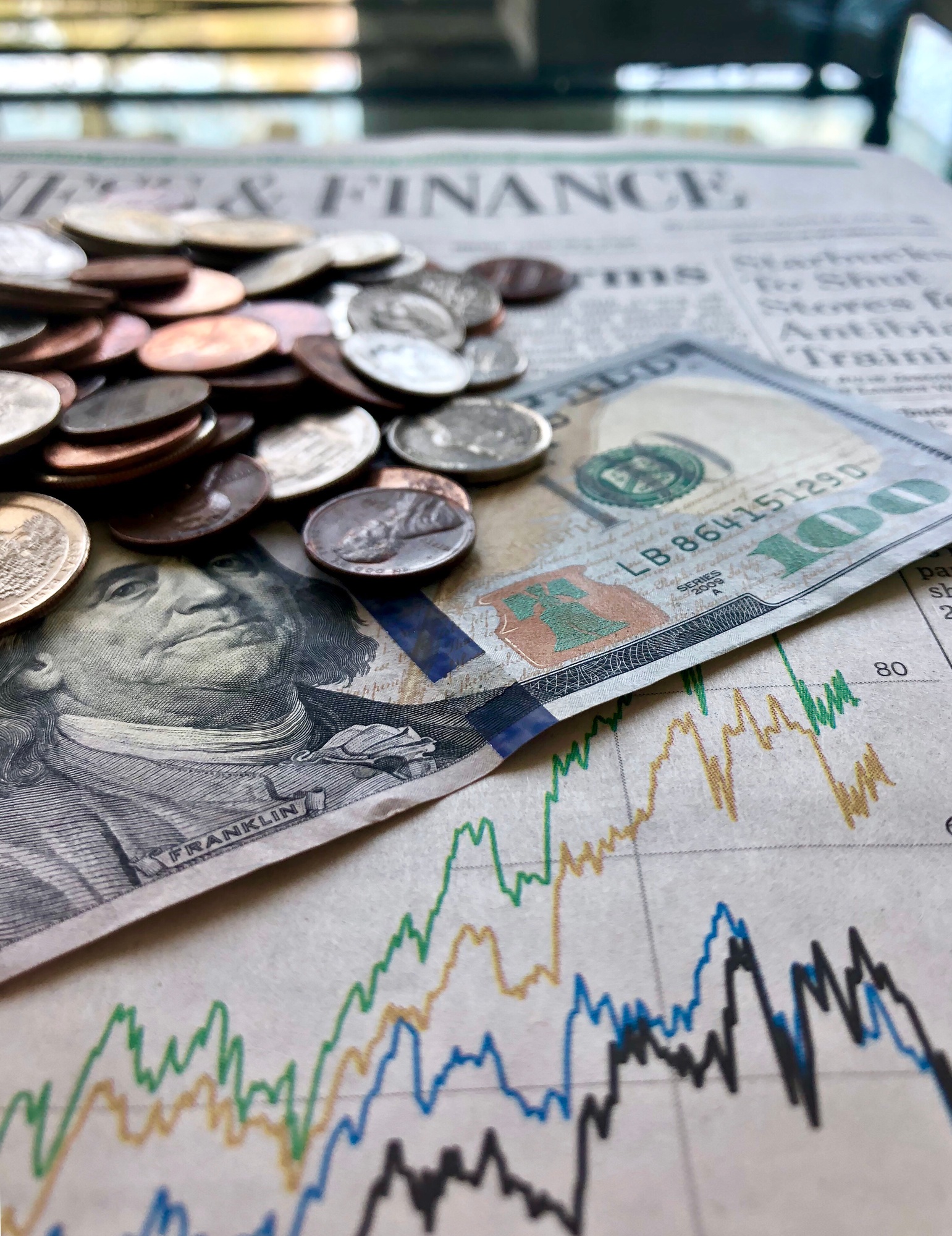Recent developments indicate a significant shift in the trade finance sector, with blockchain technology beginning to play a central role in streamlining international transactions.
Trade finance has traditionally been a complex and paper-intensive process involving multiple stakeholders, including banks, exporters, importers, and logistics providers. These processes often face delays, high costs, and a lack of transparency, which can hinder global trade efficiency. However, recent advancements suggest that blockchain technology is now being integrated into these operations, marking a potential transformation in how international trade is conducted.
The move towards on-chain trade finance involves utilizing blockchain platforms to facilitate trade documentation, payments, and settlement processes. This approach offers a secure, transparent, and tamper-proof environment for transactions, reducing the reliance on physical documents and intermediaries. As a result, businesses can expect faster processing times, lower costs, and improved traceability of goods and payments across borders.
This shift is expected to benefit a wide range of stakeholders. Exporters and importers will gain more control over their transactions, with real-time tracking and verification capabilities. Banks and financial institutions are likely to see reduced operational risks and increased efficiency in processing trade-related finance. Additionally, logistics companies and customs authorities can leverage blockchain data to streamline compliance and clearance procedures.
Industry experts are optimistic about the potential of on-chain trade finance, highlighting how blockchain’s transparency and security features could mitigate fraud and disputes in international trade. Furthermore, increased automation and smart contracts may enable self-executing agreements that trigger payments once predefined conditions are met, further reducing delays and manual intervention.
Looking ahead, the integration of blockchain into trade finance is expected to accelerate as more organizations adopt the technology. Key milestones include the development of industry standards, greater interoperability between platforms, and regulatory clarity to foster widespread adoption. Companies should watch upcoming pilot projects and collaborations that demonstrate practical applications of on-chain trade finance solutions.
What is trade finance?
Trade finance encompasses the financial products and solutions that facilitate international trade, including letters of credit, trade credit, and export financing. It ensures that exporters receive payment and importers receive goods as agreed.
How does blockchain improve trade finance?
Blockchain enhances trade finance by providing a secure, transparent, and efficient platform for documentation, payments, and settlement, reducing delays and costs associated with traditional processes.
What are the challenges to adopting on-chain trade finance?
Challenges include establishing industry standards, ensuring interoperability between different blockchain platforms, and navigating regulatory frameworks across jurisdictions.








